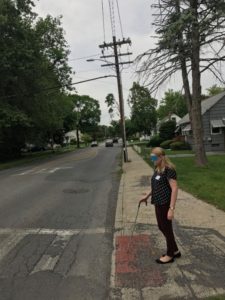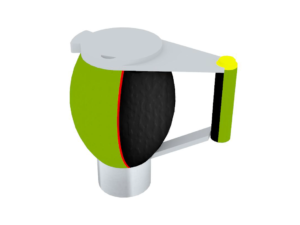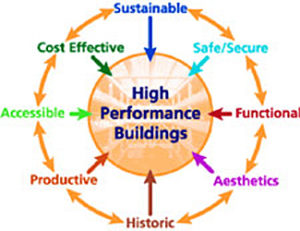As part of Cooper Hewitt Lab | Access Design Teen Program and the museum’s ongoing ‘Access+Ability’ exhibition (on view through September 3, 2018), the Design for Aging Committee of the American Institute of Architects (AIA), New York Chapter, was invited to facilitate a workshop with high school students to explore challenges experienced by seniors and people with disabilities. As an Accessibility Consultant here at Steven Winter Associates, Inc. and a member of the committee, I had the opportunity to attend the event.
Students at the hands-on workshop were challenged to develop design solutions to address the needs of a hypothetical group of older adults attending a lecture on the 3rd floor of the Cooper Hewitt Museum. Included among the hypothetical attendees were people with visual, hearing, and motor disabilities and those with limited knowledge of the English language.

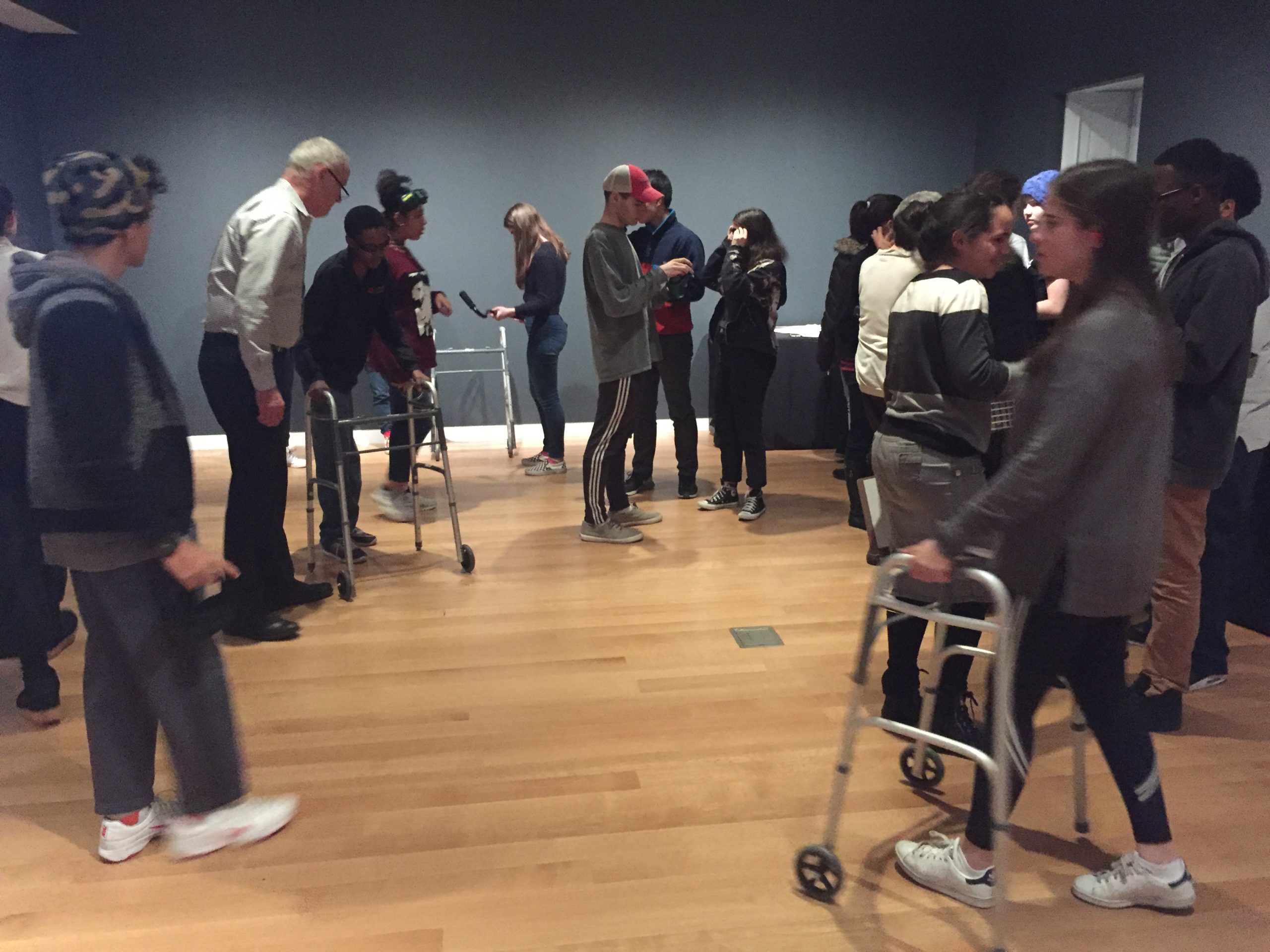
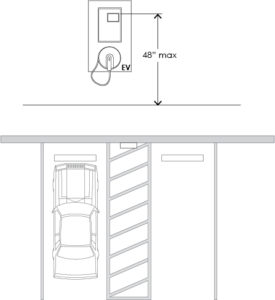
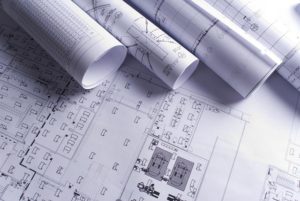 In the United States, multifamily new construction projects consisting of four or more dwelling units are subject to the Fair Housing Act, as well as state, city, and local accessibility laws and codes. For the purposes of this blog we will focus on projects in NYC, although the majority of newly constructed residential projects across the country will be subject to some variation of the criteria discussed below, for both Passive House and Accessibility standards. With this in mind, we have chosen a couple of common problem areas that require particularly close attention.
In the United States, multifamily new construction projects consisting of four or more dwelling units are subject to the Fair Housing Act, as well as state, city, and local accessibility laws and codes. For the purposes of this blog we will focus on projects in NYC, although the majority of newly constructed residential projects across the country will be subject to some variation of the criteria discussed below, for both Passive House and Accessibility standards. With this in mind, we have chosen a couple of common problem areas that require particularly close attention. 